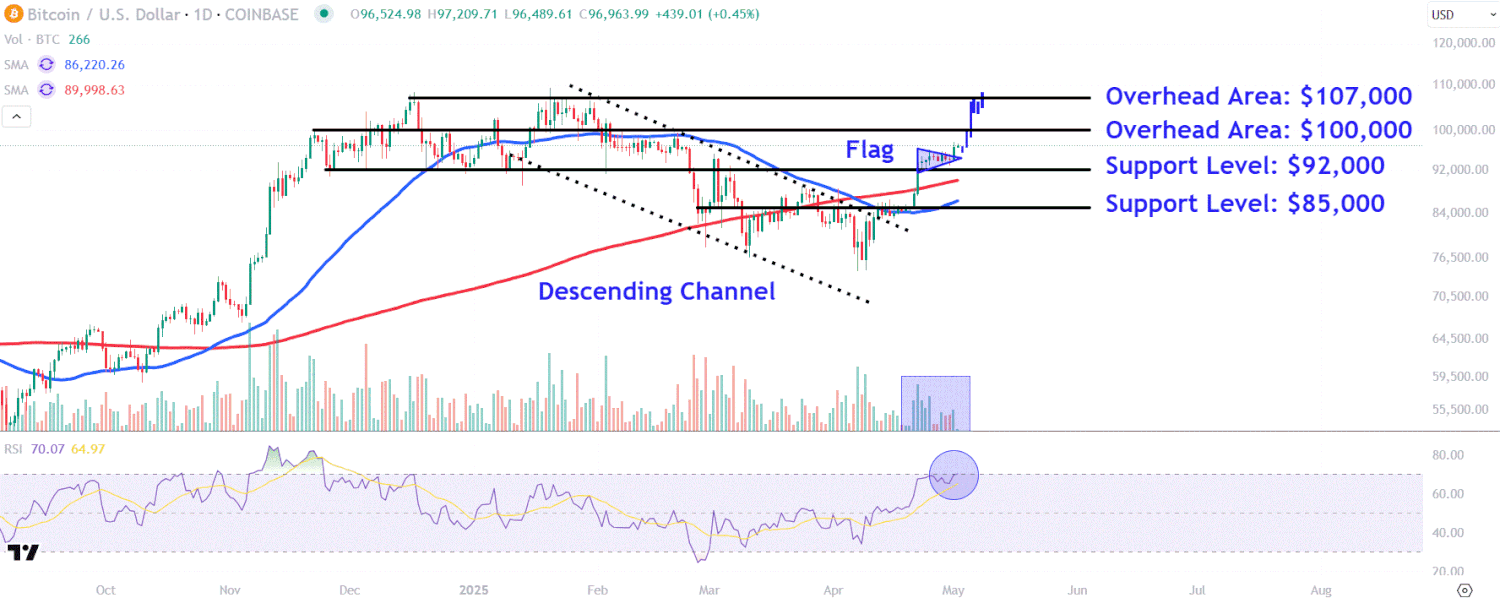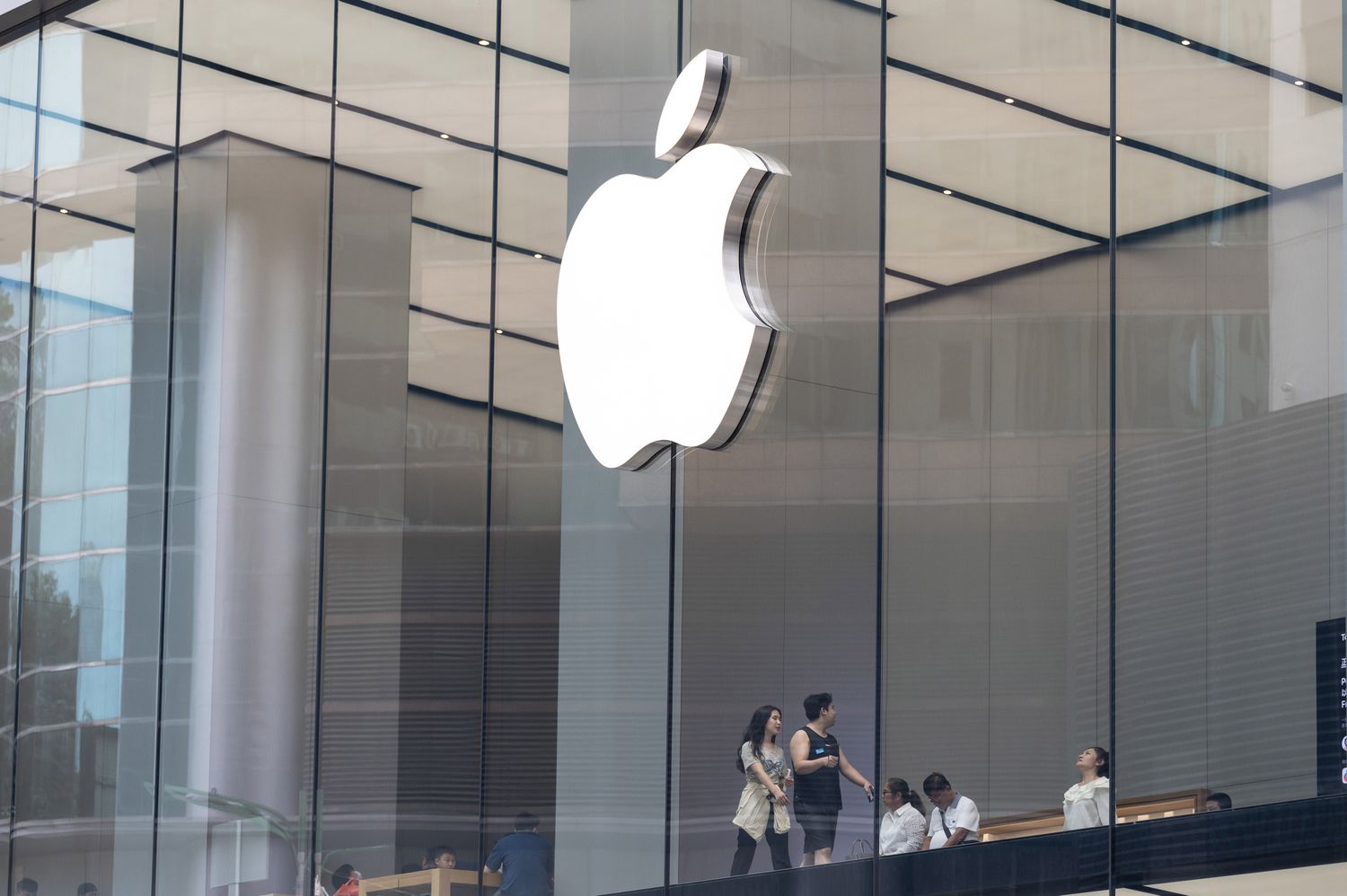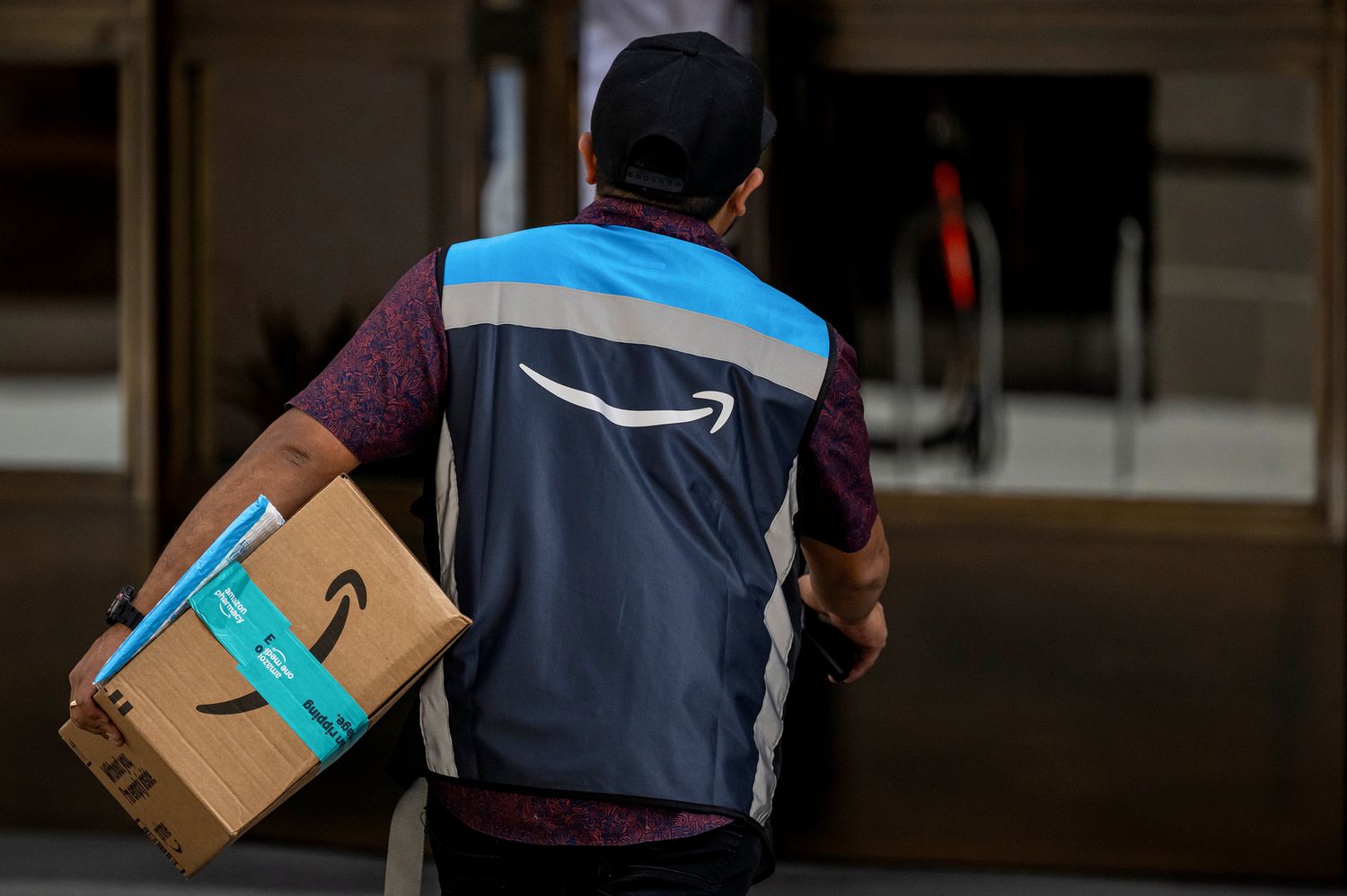The New I Bond Rate Is Out. And It’s Great News.


Key Takeaways
- The U.S. Treasury announced today that I bonds purchased between May and October this year will earn 3.98% for their first six months—a big boost vs. the previous rate of 3.11%.
- If you already own I bonds, you also get good news: your next six-month rate will be rising almost a full percentage point.
- Today’s rate announcement takes into account inflation rates through March. If inflation rises in the coming months due to tariff impacts, the next I bond rate could be even higher.
- See our tables below to find out how much your particular bond will pay, including when your new higher rate will kick in.
The full article continues below these offers from our partners.
Today’s Rate for New I Bond Purchases
I bond rates change twice a year based on the inflation trend of the previous six months—which is why they’re called I bonds. But the rate is actually made up of two parts. One is fixed for the life of your I bond—assigned at the time of your purchase—while the other component is indexed to inflation and adjusts every May and November.
The U.S. Treasury today announced its May 1 rate, unveiling a slightly lower fixed-rate component than the previous period (1.10% vs. 1.20%), but a higher inflation component, coming in at 2.86% (vs. 1.90% six months ago). Combining the two results in a new composite rate of 3.98% for I bonds purchased any time in the six-month period from May 1 to Oct. 31 of this year. (The detailed calculation for the new composite rate is actually [fixed rate + (2 x semiannual inflation rate) + (fixed rate x semiannual inflation rate)].)
If you buy a new I bond by Oct. 31, you’ll earn 3.98% for your first half year of interest payments. After that, your return will depend on the Nov. 1 rate announcement, which in turn will be determined by future inflation rates. If inflation rises, so too will I bond rates, and vice versa. (See our discussion below about what might be coming for future inflation and I bond rates.)
New and Improved Rates for Existing I Bonds
No matter whether you buy new I bonds tomorrow or already hold I bonds, the same inflation component of 2.86% will be incorporated into your next six-month interest rate. But your return will vary based on when you bought your bond, as that’s when your permanent fixed-rate component is assigned to the bond. Remember: The fixed portion of your rate is just that—it never changes for the life of an individual bond.
At the Nov. 1 rate announcement, the inflation factor was 1.90%. That means today’s new six-month return, based on a rising inflation trend this past half year, will be almost a full percentage point higher than your previous rate (i.e., 2.86% inflation component today minus 1.90% inflation component in November).
To see what the new rate will be on existing I bonds going back to May 2020, look up the issue month of your bond and consult the table below. Then see the next table to find out when your new rate will kick in.
| Newly Announced Rates for Recent I Bond Issues | ||||
|---|---|---|---|---|
| I Bond Issue Date | Fixed-Rate Component Assigned for Life of the Bond | New Inflation Component | New Composite Rate* | Previous 6-Month Rate |
| New purchases May–Oct 2025 | 1.10% | 2.86% | 3.98% | N/A |
| Nov 2024–Apr 2025 | 1.20% | 2.86% | 4.08% | 3.11% |
| May-Oct 2024 | 1.30% | 2.86% | 4.18% | 3.21% |
| Nov 2023–Apr 2024 | 1.30% | 2.86% | 4.18% | 3.21% |
| May–Oct 2023 | 0.90% | 2.86% | 3.77% | 2.81% |
| Nov 2022–Apr 2023 | 0.40% | 2.86% | 3.27% | 2.30% |
| May–Oct 2022 | 0.00% | 2.86% | 2.86% | 1.90% |
| Nov 2021–Apr 2022 | 0.00% | 2.86% | 2.86% | 1.90% |
| May–Oct 2021 | 0.00% | 2.86% | 2.86% | 1.90% |
| Nov 2020–Apr 2021 | 0.00% | 2.86% | 2.86% | 1.90% |
| May–Oct 2020 | 0.00% | 2.86% | 2.86% | 1.90% |
Figuring out when your new rate above will begin depends on the specific issue month of your existing bond. For instance, if you bought your I bond in May—of any year—you’ll start earning your new rate today, on May 1. But if you bought in, say, September, your current rate won’t change to today’s new rate until Sept. 1.
| When I Bond Rates Will Change for Each Bond Issue Month | |
|---|---|
| I Bond Issue Month | When Your Rate Will Change Each Year |
| January | July 1 and Jan. 1 |
| February | Aug. 1 and Feb. 1 |
| March | Sept. 1 and March 1 |
| April | Oct. 1 and April 1 |
| May | Nov. 1 and May 1 |
| June | Dec. 1 and June 1 |
| July | Jan. 1 and July 1 |
| August | Feb. 1 and Aug. 1 |
| September | March 1 and Sept. 1 |
| October | April 1 and Oct. 1 |
| November | May 1 and Nov. 1 |
| December | June 1 and Dec. 1 |
Why Future I Bond Rates Could Be Headed Higher
The U.S. Treasury’s calculation of the last six months’ inflation trend covered readings from October 2024 through March 2025. That means the last inflation figure included did not yet reflect impacts from President Trump’s dramatic tariff announcement on April 2, nor the impacts seen throughout last month as the on-again, off-again tariff policy has evolved.
Many economists expect the tariffs will push inflation rates higher. If that proves true and extends for several months, Treasury’s next six-month inflation calculation for I bonds could move up again in November. And that in turn would push rates even higher for both new and existing I bonds.
Daily Rankings of the Best CDs and Savings Accounts
We update these rankings every business day to give you the best deposit rates available:
How We Find the Best Savings Rates
Every business day, Investopedia tracks the rate data of more than 200 banks and credit unions that offer CDs and savings accounts to customers nationwide and determines daily rankings of the top-paying accounts. To qualify for our lists, the institution must be federally insured (FDIC for banks, NCUA for credit unions), and the account’s minimum initial deposit must not exceed $25,000. It also cannot specify a maximum deposit amount that’s below $5,000.
Banks must be available in at least 40 states to qualify as nationally available. And while some credit unions require you to donate to a specific charity or association to become a member if you don’t meet other eligibility criteria (e.g., you don’t live in a certain area or work in a certain kind of job), we exclude credit unions whose donation requirement is $40 or more. For more about how we choose the best rates, read our full methodology.





















